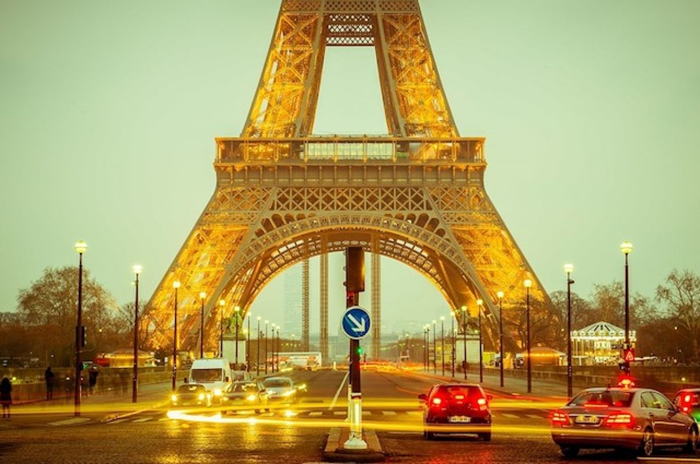The history of the capital of France begins with the Ile de la Cité on the Seine River. Now it is the very center of the city with one of its main attractions – Notre Dame Cathedral.
There is a legend that the first settlement on the Ile de la Cité was founded by the Trojans, who fled from Troy captured by the Greeks. But most historians are inclined to believe that in the 3rd century BC there was a settlement of Lutetia and the Celtic tribes of the Parisii lived here. In 52 AD, it was captured by the Romans and began to be called the “city of the Parisii”. Gradually, this name was transformed into Paris.
The city was under the rule of the Romans until the 5th century AD, then the Frankish king Clovis I made Paris his residence. In the 10th century, the city became the capital of the French kingdom.
Thanks to its favorable location and the fact that representatives of the spiritual and secular nobility flocked to the royal court, the city prospered and expanded. And thanks to the University of Paris, it became the center of education in medieval Europe. Already at the end of the 15th century, 200-300 thousand people lived there, a huge number for those times!
In the 17th-18th centuries, the life of Parisians could hardly be called calm: the city became the epicenter of popular unrest. As a result of the Great French Revolution, a constitutional monarchy was established in 1789, and in 1793, King Louis XVI was executed, proclaiming a republic in the country.
In 1799, a new Constitution was adopted in the country, according to which the government consisted of three consuls. Five years later, the first of them, Napoleon Bonaparte, was proclaimed Emperor of France and crowned by the Pope. Since then, several more coups d’état have occurred in the country, as a result of which Paris became the capital of either an empire or a republic.
At the beginning of the 20th century, after the October Revolution and the emergence of the USSR, tens of thousands of Russian emigrants settled in Paris. At that time, the writer I. A. Bunin, the artist V. V. Kandinsky and the opera singer F. I. Chaliapin emigrated to France.
Paris was occupied by German troops for most of World War II and was liberated, according to French tradition, as a result of an uprising in 1944.
Nowadays, Paris is the center of economic, political and cultural life in France. International exhibitions of classical and modern art, major music festivals and gastronomic fairs are constantly held here.






